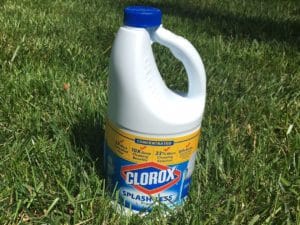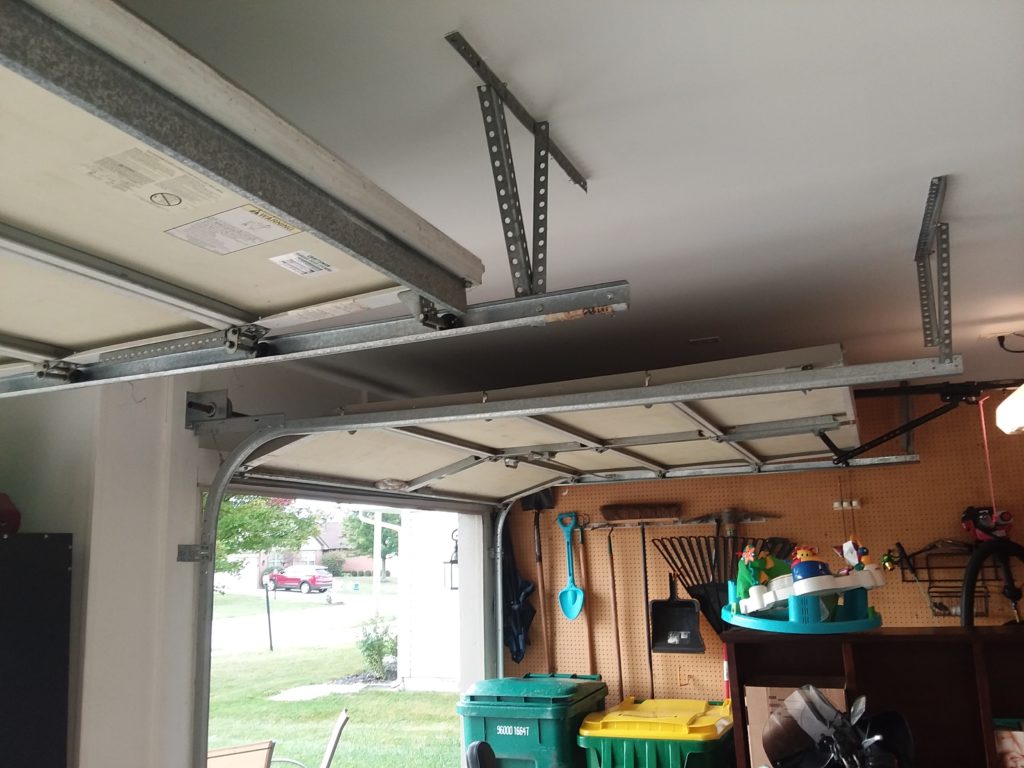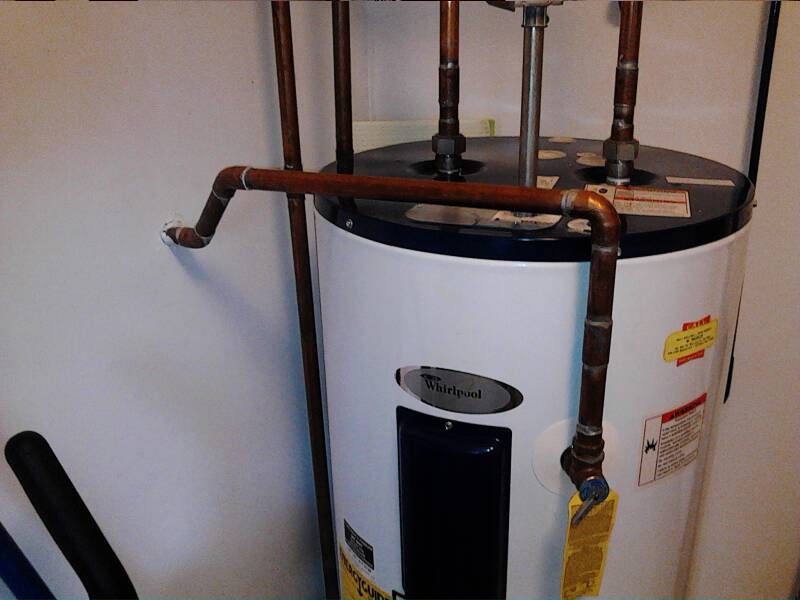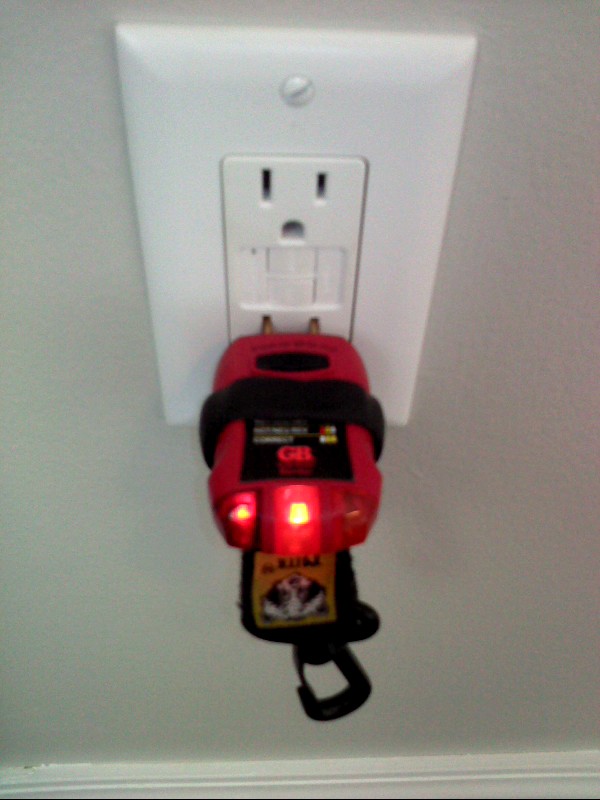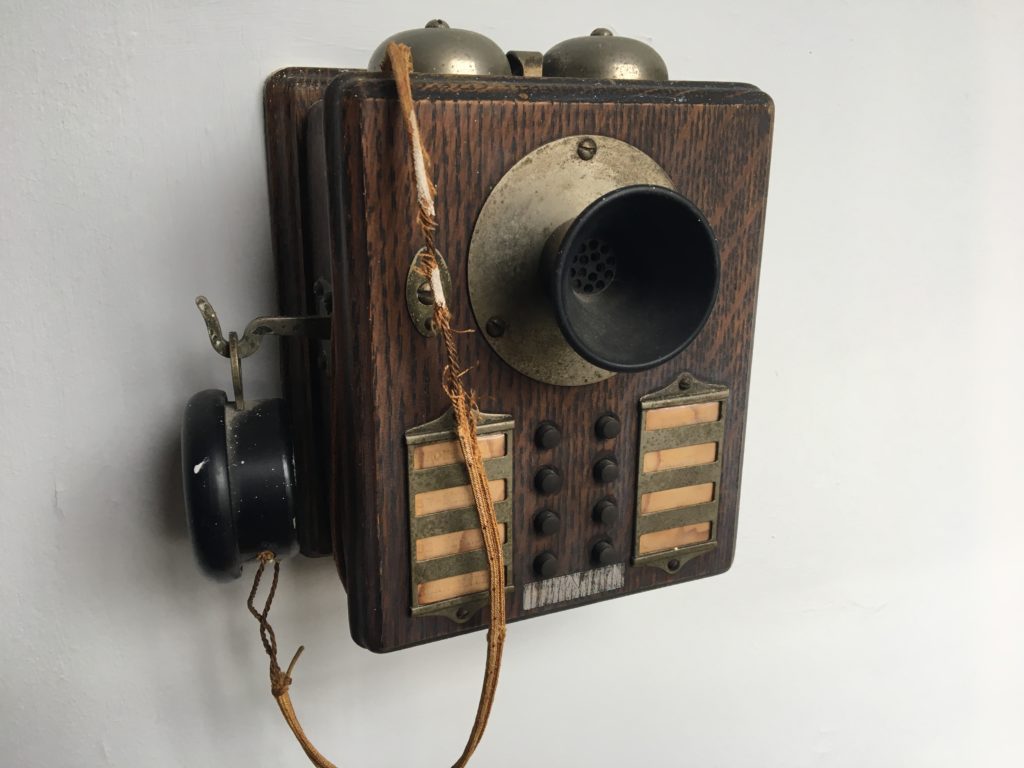Plan on spending some time doing this job. It is better to do it right the first time. It only takes a small amount of bacteria left in the pipes to re-infect the whole system.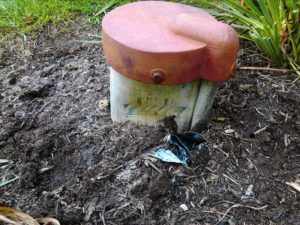
- During this procedure water will not be drinkable, so plan to do the test at a time when there is little need for water. Use three gallons of fresh, unscented household bleach (Clorox has a higher bleach content than generics). Large diameter or very deep wells may require more chlorine. Dilute the chlorine, one gallon at a time in a large bucket of water.
- Remove the cover from the top of the well’s casing. Pour the chlorine solution into the well casing. Using a clean hose connected to a faucet that operates from the well, pour water into the well casing until such time as you can smell chlorine coming from the water in the hose. As the hose is removed rotate it inside the casing to disinfect it. Replace the cover on the casing.
- Open each faucet in the distribution system until you smell chlorine, then turn off. The goal is to get the chlorine solution to all the parts of the plumbing, including both hot and cold waterlines. It is necessary to run 30 or 40 gallons of water through the hot water tank. Be sure to flush all the toilets.
- Leave the chlorinated water in the pipes a minimum of two hours, preferably overnight.
- Open all faucets and flush out the chlorine solution until you can no longer smell it.
NOTE: If the home is on a septic system use a hose draining to yard when flushing the system. The septic may not be able to handle the large volume of chlorinated water. - The well water distribution system should now be disinfected. Follow-up sampling should be done after all traces of the chlorine are gone to insure that the disinfection procedure was successful.
NOTE: Large amounts of chlorine can damage the resin in water softeners so they may need to be bypassed before initial disinfection and then let the water flow through when the water has been flowing for about an hour. In general it is usually safe to also chlorinate the water softener, check the with the manufacturer if the owners manual states that it should not be chlorinated.
Any in-line water filters should be removed and replaced with new filters after the disinfection is completed, tested and the results are negative.
If you have chlorinated the well and the results have come back positive (it still has bacteria). Re-chlorinate the well using one more gallon of bleach than was originally used, and have a water sample re-tested. If the test results come up positive again, a well technician should be contacted. They will “shock” the well using bleach tablets. Homeowners should not attempt to use these tablets, they are highly toxic and difficult to use.
NOTE: Do not use chlorine tablets or swimming pool chlorine, it if too strong and may render the water undrinkable for quite some time.
